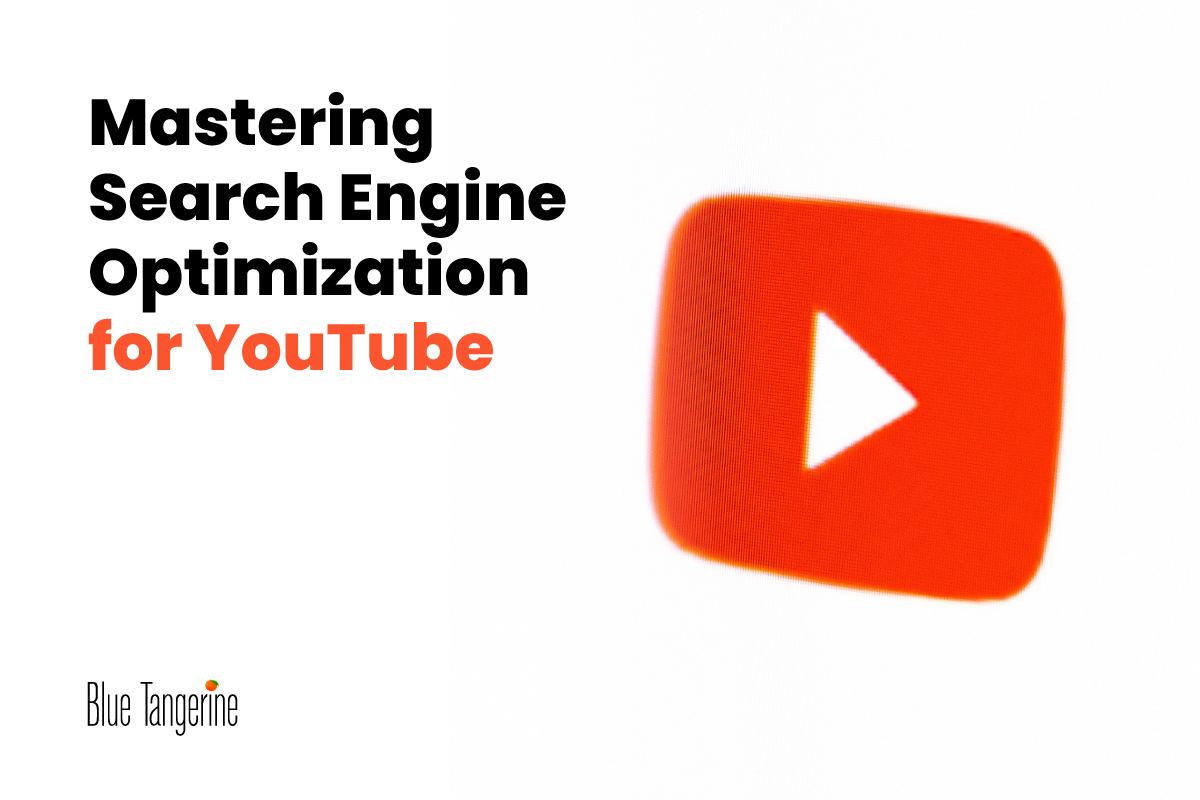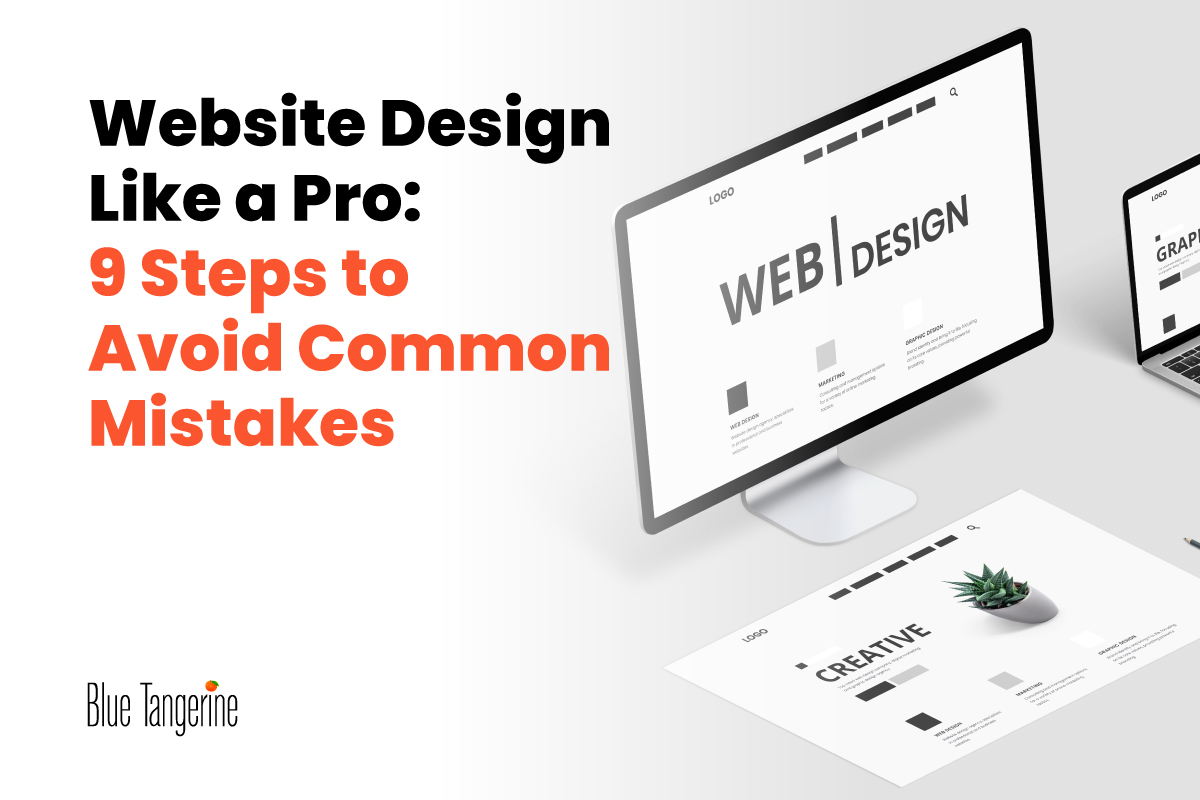Definition of a Digital Marketing Strategy and its Importance
When it comes to defining what a digital marketing strategy is, it is essentially all about creating an online presence and accomplishing particular goals through the use of online channels.
Social media, organic search, and paid advertisements are several primary digital channels that can be used to craft digital marketing strategies. The ultimate goal of the strategy would be to attract more clients and enhance the visibility of the business.
It is of utmost importance for a strategic approach that would help businesses navigate through complex environments and the ever-changing digital marketing space. However, businesses should also keep in mind to adapt to changing circumstances accordingly and execute new strategies where necessary.
This article offers a comprehensive guide towards crafting a strategy that is effective and analyzes the key components to consider towards building a great strategy to achieve defined objectives and stand out from the competition.
Set Clear Objectives
Defining digital marketing strategy objectives is the first step toward establishing an effective strategy. Having so many tools and digital channels to choose from can be overwhelming. So setting clear, SMART goals would facilitate knowing where you are headed.
One of the most widely used mnemonics, called SMART objective-setting is a great place to start for beginners and veterans.
Effective SMART marketing objectives are, to put it simply, Specific, Measurable, Achievable, Relevant, and Timely.
The below image breaks down what each letter of SMART implies and how a business’s strategic objectives should meet the SMART criteria to be effective.
When the digital marketing strategy objectives are being executed, don’t forget to celebrate your team’s accomplishments. Taking the time to recognize the team’s efforts, no matter how big or small, will inspire them to keep going.
Another important aspect to consider would be to align the digital marketing objectives with the overall business goals whether it is to increase market share, business sales, or profits. This will make sure the SMART objectives set to be achieved help the overall company which should ideally be the end goal.
World-renowned fast food restaurant chain, McDonald’s has established SMART objectives to decrease the global impact of its restaurants on the environment. Some examples are as follows:
-
A 36% decrease in McDonald’s restaurant and office emissions in absolute terms by 2030, with 2015 serving as the base year.
-
By 2025, 100% of guest packaging should come from certified, recyclable, or renewable sources.
Similarly a company can set up SMART digital marketing objectives as well. For instance, Glossier, a popular beauty brand that sells products ranging from skincare, fragrance, and make-up products set out the following SMART objective:
- Increase your Instagram following by 20% by publishing daily reels and stories that highlight user-generated and behind-the-scenes footage in 3 months
The goal was accomplished by Glossier in less than three months. In addition, Glossier urged its fans to post their pictures and videos with the hashtag #glossier. As of now, Glossier has grown its Instagram following from 200k in 2015 to 3.0 million in 2020 thanks to its social media marketing strategy.
Understand Your Audience
Once the digital marketing objectives are defined and agreed upon, it’s time to get to know who your target audience is. A study found that digital marketers who do audience research are 3x more likely to accomplish the marketing objectives they had set.
Audience segmentation which refers to classifying target audiences into groups should also be undertaken so that a business’s target segments can be properly identified and targeted accordingly.
Once audience research and segmentation have taken place, buyer personas should be created. Buyer personas are a replication of your ideal customer which can be developed through market research, interviews, and questionnaires with potential customers.
Businesses can also get to understand their audience through past data and analytics from social media platforms such as Facebook, Instagram, and Google to gain insights into their behavior and interests and to better understand what the direction of the digital marketing strategy should be.
Choose the Right Digital Channels
Not all brands would find all digital marketing channels beneficial. For example, a restaurant might feel that email marketing isn’t working for them, but they may heavily rely on social media marketing.
So first and foremost it is essential to review the company’s existing digital channels, and plan respectively. Every channel has a distinct personality and set of goals that align with your brand’s, and each one caters to a particular demographic.
Integrating a multi-channel approach would be ideal. Using two or more channels to market your brand to customers ensures wider reach, and since customers would have multiple touchpoints, they would use different channels to research, discover, and eventually buy products or services. Thereby reinforcing the need for a multi-channel approach.
Place Content Marketing on a Pedestal
Content is king. A phase that is often heard, and a statement that holds to this day. Devising a content marketing strategy is a vital digital marketing strategy component that involves creating and distributing valuable, timely, and consistent content.
It’s all about giving your audience information that will truly be helpful and interesting to them, as opposed to spamming them with irrelevant marketing messages.
A variety of content strategies exist for brands to choose from, which includes blogging, video content creation, newsletters, podcasts, content on social media posts, and even infographics.
Choosing which content formats to go ahead with depends on the target audience, budget, and marketing objectives. It would also depend on the digital channels selected which were discussed earlier to reach your target audience.
Storytelling through content and crafting your brand narrative through content marketing should also be part of building a strategy. Because it will not only grab the readers’ attention but also establish a stronger emotional connection. Ultimately helping reinforce a brand’s content as being impactful, relatable, and top-of-the-mind.
Don’t forget Search Engine Optimization (SEO)
For digital strategy creation, SEO should also be considered as another digital strategy component. There is a good possibility your brand could be losing out on search engine ranking benefits if you don’t have a website. On the other hand, if you do have a website, having a great online presence provides opportunities to increase brand presence significantly.
There are two main types of SEO to consider – one being On-page SEO and the other Off-page SEO.
The process of optimizing individual web pages to rank better and attract more relevant and consistent traffic from search engines is known as on-page SEO. On-page optimization is the process of making a page’s HTML source code and content as effective as possible, such as by optimizing content for keywords used by your audience.
The term “off-page SEO” describes optimization strategies used off of your website. These would be through guest blogging, social media marketing, and link building. By increasing the authority and credibility of your website, off-page SEO helps enhance trust in the eyes of search engines and users alike.
Build Social media engagement
Increasing brand awareness and engagement online and strengthening your digital strategy can also be achieved through social media marketing. It entails producing and disseminating content on social media sites like Facebook, Instagram, Twitter, and others to draw interest, increase website traffic, and produce leads.
Run Paid Advertising Campaigns
Paid advertising plays a crucial role in the non-organic way of reaching the target audience. As effective content marketing is a part of the organic marketing approach, which would be successful only if the audience finds the content relevant and relatable, paid advertising helps leverage the content and reach a broader audience who may not have been located organically alone.
Pay-per-click (PPC) advertising, Google ads, and social media paid ads are several forms of running paid advertising campaigns where audience interests, demographics, and behaviors can be targeted.
Paid advertising also enables businesses to evaluate performance measures like impressions, clicks, and conversions, based on the objectives selected and monitor the effectiveness of your advertising efforts.
You can determine which advertisements and targeting techniques work best and provide ROI, to guide future campaign planning.
Measure Analytics and Performance
Finally, it is important to have tools in place to continuously track and analyze the performance of the digital marketing strategy implemented. This will help make data-driven adjustments where necessary. Additionally, once the objectives are determined at the first stage, key performance metrics such as link clicks, and conversions should be included to monitor and evaluate the success.
Bottom Line
Developing a great digital marketing strategy takes time. This article offers a roadmap to consider the important strategy components, ranging from choosing the appropriate digital platforms and knowing your audience. To stay ahead of the curve, keep in mind that consistency, flexibility, and data-driven decision-making are essential. So what are you waiting for? Build your marketing strategy today and achieve your digital marketing goals.




